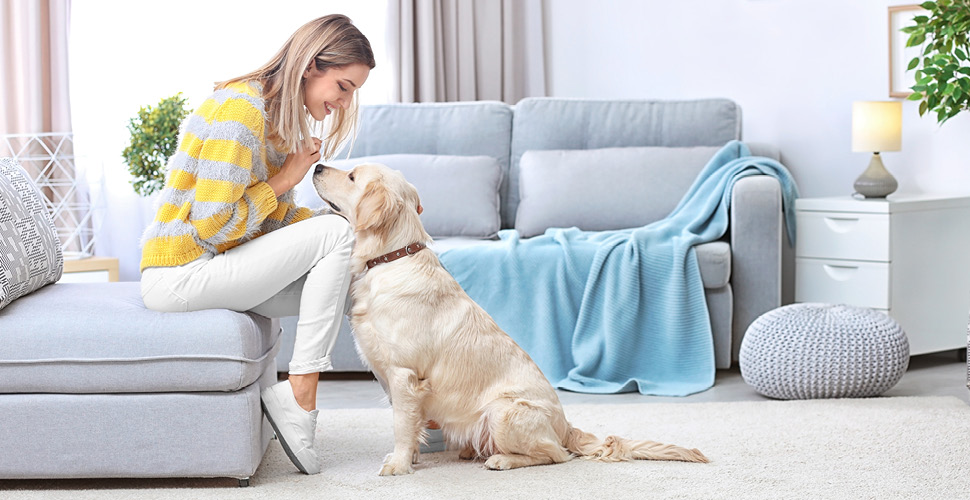As a pet owner, your top priority is the safety and well-being of your beloved animals. Whether they’re indoor cuddlers or adventurous outdoor explorers, ensuring their environment is safe can prevent accidents and injuries. This guide will offer extensive tips on how to pet-proof your home, maintain safety outdoors, and the crucial role that non-toxic and sustainable products from Kinn Inc. play in fostering a safe environment for your pets.
Extensive Pet-Proofing Techniques for Your Home
1. Securing Harmful Substances:
- Chemicals and Medications: Store all household chemicals and medications in secure cabinets or high shelves well out of your pet’s reach to avoid accidental ingestion.
- Food Safety: Many common foods are toxic to pets. Ensure that foods like chocolate, grapes, and xylitol-containing products are inaccessible to your pets.
2. Managing Electrical and Choking Hazards:
- Cords and Cables: Use cord protectors or arrange furniture to cover electrical cords. Pets, particularly young ones, may chew on these out of curiosity, risking electrocution or choking.
- Small Objects: Regularly inspect your home for small objects such as coins, jewelry, and small toys that could be swallowed by pets. Consider using baby gates to block access to areas where such hazards are more common.
3. Creating a Dedicated Pet Safe Zone:
- Comfort and Security: Set up a specific area in your home with your pet’s bed, toys, and access to fresh water where they can feel secure. This is especially important during loud events like thunderstorms or fireworks.
Best Practices for Outdoor Pet Safety
1. Effective Leash and Harness Training:
- Controlled Exploration: Using a leash and harness for walks helps manage your pet’s movements and ensures they don’t wander off into potentially dangerous areas.
2. Vigilance in Outdoor Environments:
- Yard Safety: Ensure your yard is fenced and free from toxic plants, pesticides, and fertilizers that can harm your pet.
- Awareness of Surroundings: When walking your pet, keep aware of your surroundings to avoid encounters with wild animals or aggressive dogs.
3. Preventative Health Measures:
- Parasite Prevention: Discuss with your vet the best flea, tick, and heartworm prevention methods, especially if your pet spends a lot of time outdoors.
Embracing Eco-Friendly and Non-Toxic Pet Products
1. Benefits of Non-Toxic Materials:
- Safer Toys and Accessories: Choose toys and other pet accessories made from non-toxic materials to avoid chemical exposure that can lead to health issues.
2. Advantages of Sustainable Pet Products:
- Eco-Friendly Pet Bowls: Products like Kinn Inc.’s recycled sugar cane fiber pet bowls are not only safe for your pets but also support environmental sustainability. They decompose naturally, reducing landfill waste.
3. The Impact of Sustainability on Pet Health:
- Overall Well-being: Using eco-friendly products minimizes your pet’s exposure to harmful chemicals, contributing to their long-term health and the health of the planet.
Incorporating these safety measures and choosing Kinn Inc.’s eco-friendly products can significantly enhance the safety and quality of life for your pets. Let’s use National Pet Month as a reminder of our responsibility to protect and care for our furry family members in every way possible.


